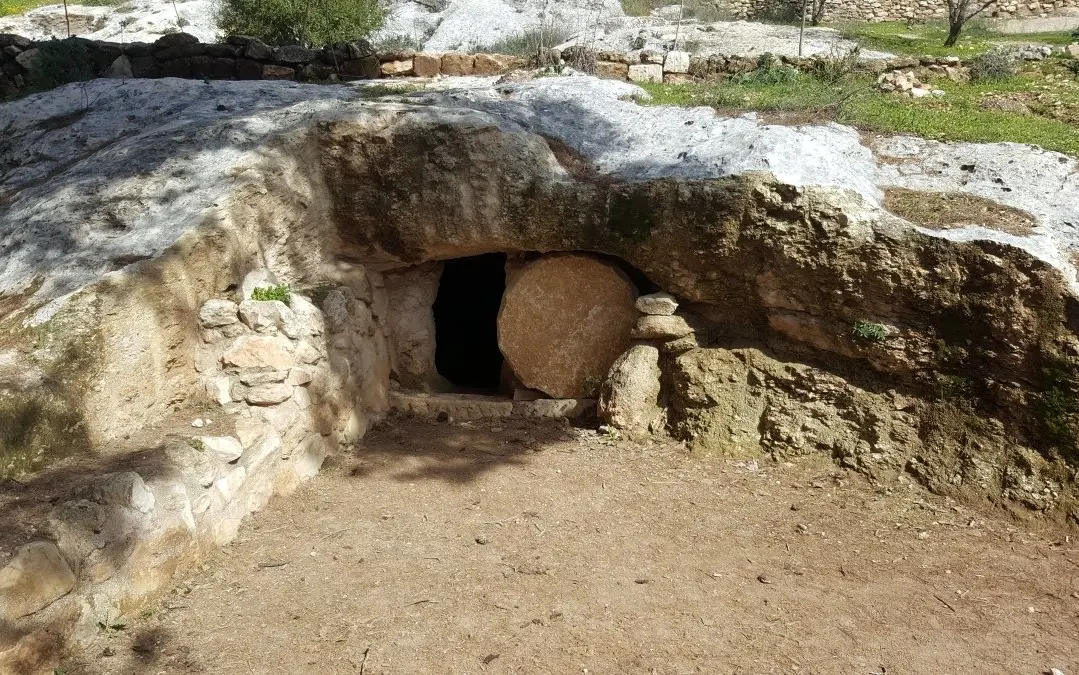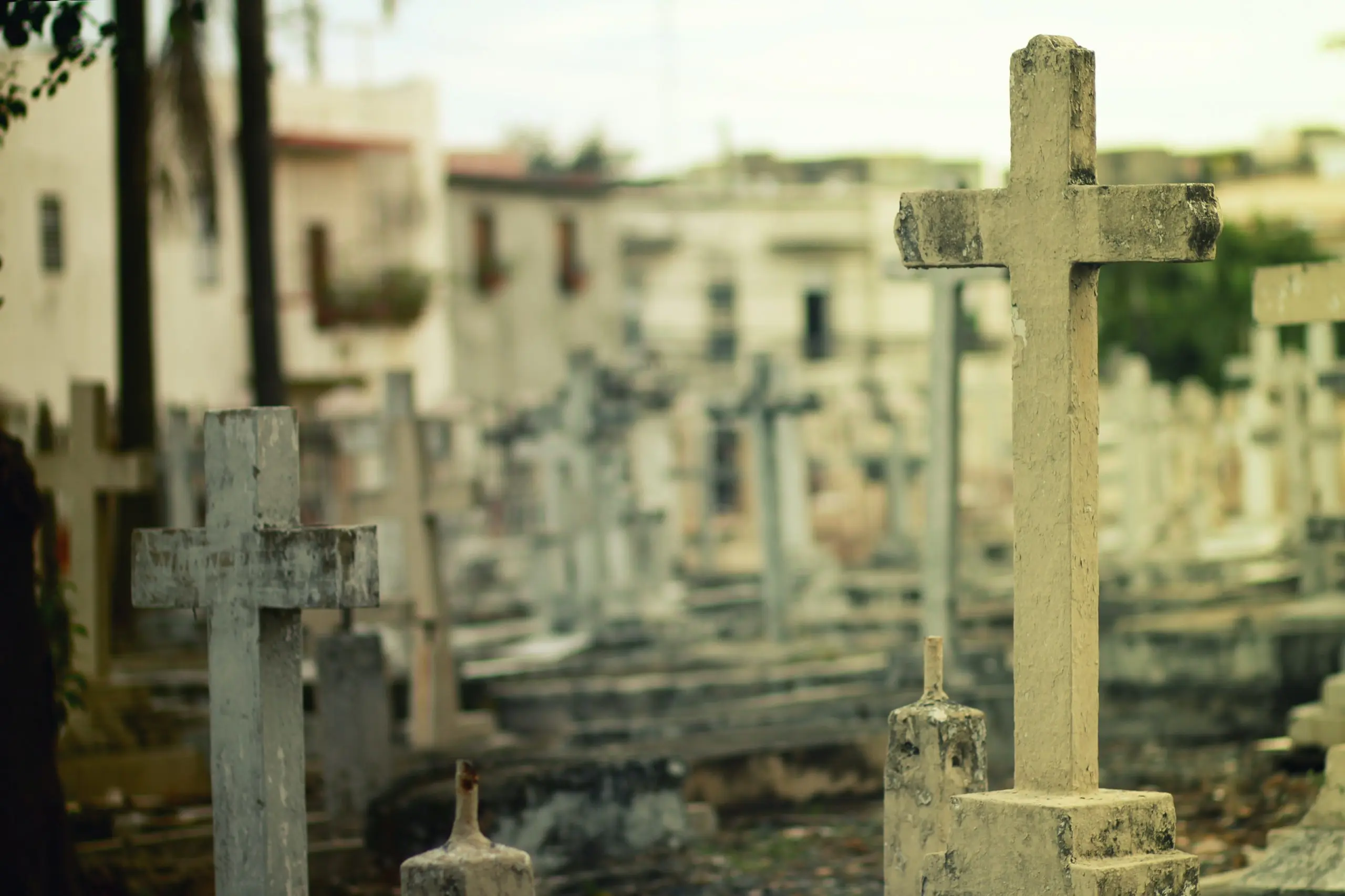Material in this series is based significantly on content in the chapter “Why Believe in Miracles?” from I’m Glad You Asked (by Ken Boa and Larry Moody, published by Search Ministries). Get the book here. [vector_icon icon=”fas fa-arrow-alt-circle-right”]
[lead]The New Testament makes it clear that the bodily resurrection of Jesus Christ is one of the pillars that supports the Christian faith.[/lead]
Paul told the Corinthians:
If Christ has not been raised, your faith is worthless; you are still in your sins. Then those also who have fallen asleep in Christ have perished. If we have hoped in Christ in this life only, we are of all men most to be pitied. (1 Corinthians 15:17–19).
The preaching of the apostles in Acts revolved around the hub of the historical Resurrection. Without the resurrection of Christ, Christianity would be unable to withstand critical attacks.
[panel style=”info” text_align=”left”]”We are witnesses of all the things He did both in the land of the Jews and in Jerusalem. They also put Him to death by hanging Him on a cross. God raised Him up on the third day and granted that He become visible, not to all the people, but to witnesses who were chosen beforehand by God, that is, to us who ate and drank with Him after He arose from the dead. And He ordered us to preach to the people, and solemnly to testify that this is the One who has been appointed by God as Judge of the living and the dead.” (Acts 10:39–42)Other supporting Scriptures in the book of Acts include 1:22; 2:24–32; 3:15; 4:10; 13:30–37; 17:31; 26:6–8, 23.[/panel]
Given that the entire Christian faith hangs upon this one event, the question of whether the Resurrection actually happened is of critical importance.
[vector_icon icon=”fas fa-headphones-alt” color=”#913c1d”] Listen to more evidence for the Christian faith in the 20 Compelling Evidences That God Exists audiobook (available in print format too).
[vector_icon icon=”fas fa-video” color=”#913c1d”] Also, WATCH A FREE SLIDESHOW summarizing the book.
Fierce Skeptics Converted
A number of thinkers who sought to disprove the Resurrection and thus invalidate Christianity found themselves confronted instead by such a weight of evidence in favor of the Resurrection that it forced them to bend their knees before the living Christ. A number of years ago, attorney Frank Morison planned to write a book that would lay the myth of the Resurrection to rest. But his book, Who Moved the Stone?, did precisely the opposite, and Morison was converted to Christianity by the historical evidence for the empty tomb.
General Lew Wallace, and more recently C.S. Lewis and Malcolm Muggeridge, are all examples of “reluctant” or unexpected converts who put their faith in Christ after coming face to face with incontrovertible evidence.
[panel style=”info” title=”Go Deeper” text_align=”left”]Learn more about these skeptics-turned-converts in the following books:- Surprised by Joy—Lewis’s autobiography, in which he recounted his reluctant trek from atheism to Christianity.
- Jesus Rediscovered and Chronicles of Wasted Time—books in which Muggeridge, a former editor of Punch magazine and a provoking analyst of modern culture, traced his journey from skepticism to Christianity.
- Ben-Hur: A Tale of the Christ (1888), written by Lew Wallace as a new believer in Christ (adapted to film five times, with the best of these being the 1959 Award Winning movie starring Charlton Heston)[/panel]
The Evidence: 8 Facts
Following are eight facts surrounding the death of Jesus that cannot be ignored by historians and theologians.[note]These facts presume the Gospels are primary historical documents. That presumption is part of a larger discussion beyond the scope of this post. Read more here about the reliability of the Bible.[/note] These facts can and have been interpreted in various ways to avoid the conclusion that Jesus rose from the dead; however, all of these alternative theories ultimately fail to explain the historical data. Furthermore, as we will see, the mass of circumstantial evidence further strengthens the case for the Resurrection.
Fact #1: Jesus was tortured and crucified.
Jesus suffered death by crucifixion. He endured six trials (three religious and three civil) that stretched through the night and into the morning. As a result, men cruelly beat Him about the face and body, plucked out His beard, jammed a crown of thorns into His scalp, and scourged Him by many lashes from the mutilating Roman whips. After His tormentors forced Jesus to carry the heavy crossbar for His crucifixion on His bleeding back, they drove iron nails through His hands and feet to secure Him to the cross. After His death, one of the executioners thrust a spear into His side, and “blood and water” immediately issued forth. Then the centurion pronounced Jesus dead (Mark 15:44–45).
Fact #2: Jesus’ body was placed in a guarded tomb.
Friends placed Jesus’ body in a securely guarded tomb. Joseph of Arimathea’s tomb was hewn out of solid rock and had a single entrance that was closed off by rolling an “extremely large” (Mark 16:4) stone in front of it. The stone fit into a groove and would have to be rolled up an incline by several men in order to gain access to the tomb. Friends bound Jesus’ body in linen wrappings along with about 100 pounds of spices (John 19:39–40), and Pilate ordered a guard of soldiers (probably Roman) stationed in front of the tomb when the stone was put in place (Matthew 27:65–66). A Roman seal on the stone certified that the body was inside and that no one had tampered with the tomb.
Fact #3: The disciples were clearly discouraged by Jesus’ crucifixion.
See Luke 23:56; 24:21; and Mark 16:1.
Fact #4: Friends found the tomb empty on the third day.
Jesus’ friend Mary Magdalene and other followers found the tomb empty on the third day. This fact was disputed in the past, but recent studies even by critical theologians have led to a growing scholarly consensus that the tomb was indeed empty. This was clearly admitted even by Jesus’ enemies, because the chief priests and elders bribed the guard to say that the body was stolen by His disciples (Matthew 28:11–15). Certainly if the tomb were still occupied when the word about His resurrection began to spread, the authorities would have exhumed the body and put it on public display to quell the insidious rumors. But no body was ever produced and the empty tomb was never denied.
Fact #5: The Roman seal was broken and the large stone was moved away.
Fact #6: The guard left the empty tomb and reported what had happened.
Upon reporting to the chief priests about what happened, those guarding the tomb were given a large bribe and promised protection from punishment by Pilate, who could have had them executed for their failure (Matthew 28:11–15).
Fact #7: Jesus’ grave clothes were found empty yet undisturbed.
John 20:3–8 reports on the state of the tomb upon two of the disciples’ arrival (Peter and most likely John), saying the linen wrappings that had been used as burial clothes were “rolled up in a place by itself” (20:7).
Fact #8: There were multiple bodily appearances of the resurrected Jesus.
The followers of Jesus reported that Jesus appeared to them in bodily form on several occasions. These were eyewitness accounts, and they involved a variety of circumstances (e.g., indoors and outdoors) and people. On one occasion, Jesus appeared to more than 500 people at once (1 Corinthians 15:6). In these appearances, Christ stressed that He was in a real body and offered ample demonstration of this truth. The first witnesses were women, and it is unlikely that a fabricated account would have included this since the Jewish courts regarded the testimony of women as unreliable. Jesus also appeared to His brother James (1 Corinthians 15:7) and later to Paul (1 Corinthians 15:8). In every case, the lives of these witnesses were radically transformed, and this is especially difficult to explain in the case of Paul apart from the Resurrection.
In part 2, we’ll examine, in brief, the theories that have been posited over the years as alternative explanations about the tomb in which Jesus’ body was laid and about His bodily appearances.
WATCH Ken teach this material in a sermon from Easter Sunday 2018. [vector_icon icon=”fas fa-video” color=”#dd9933″]



